Every year, thousands of patients are at risk because someone handed them a pill past its expiration date. It’s not always negligence-sometimes it’s just that the shelf life wasn’t tracked properly. In hospitals, pharmacies, and even home medicine cabinets, expired drugs are easy to miss. But technology is changing that. Today, you don’t have to rely on handwritten logs, sticky notes, or hoping someone remembers to check the date. There are real, working systems that automatically track when medications expire-and they’re already saving lives and money.
Why Medication Expiration Tracking Matters
Expired medications aren’t just useless-they can be dangerous. The FDA says most drugs lose potency over time, and some, like insulin or antibiotics, can become toxic if used after expiration. In emergency situations, giving someone an expired epinephrine auto-injector could cost them their life. In long-term care homes, staff might accidentally give an elderly patient outdated painkillers, leading to unnecessary suffering. The problem isn’t just safety. It’s cost. Hospitals throw away an estimated 15-20% of their medication inventory because it expired before use. That’s not just wasted pills-it’s wasted money. One study found that a single mid-sized hospital lost over $250,000 a year on expired drugs alone. Technology helps cut that waste by making expiration dates impossible to ignore.RFID Systems: The Fastest Way to Track Every Pill
One of the most powerful tools for tracking medication expiration is RFID-Radio Frequency Identification. Think of it like a tiny wireless tag glued to each medicine bottle or blister pack. These tags don’t need to be scanned one by one. A single device can read hundreds of medications at once, even if they’re stacked in a drawer or hanging in a crash cart. Systems like KitCheck use UHF RFID tags that work in under 30 seconds to scan entire trays of drugs. That’s 10 times faster than manual checks. The system knows exactly which pills are in stock, where they are, and when they expire. If a medication is within two days of its expiration date, the system sends an alert. No one has to remember to check the label. Over 900 hospitals in the U.S. now use RFID tracking. Texas Children’s Hospital, for example, cut down their inventory counting time from hours to minutes. They now track 784 high-value drugs-each costing over $100-without a single manual count. And because they know exactly what’s in stock, they reduce waste by up to 20%.eMAR Systems: For Homes, Clinics, and Care Facilities
If you’re not running a big hospital, you might not need RFID. But you still need to track expiration dates. That’s where eMAR-Electronic Medication Administration Records-come in. These are digital versions of the paper charts nurses used to fill out by hand. Now, they’re linked to pharmacy databases and automatically update when a new prescription arrives. eVero’s eMAR system, for example, integrates directly with pharmacies. When a new bottle of blood pressure pills arrives, the system logs the lot number, expiration date, and patient name. Nurses log in with a fingerprint scan before giving each dose. If a pill is expired, the system won’t let them mark it as administered. It literally blocks the error. These systems are especially popular in intellectual and developmental disability (IDD) agencies, nursing homes, and home care services. Staff don’t need to be tech experts-just familiar with tablets or computers. The system does the heavy lifting: sending reminders, flagging expiring meds, and generating reports for regulators.Automated Dispensing Cabinets: Smart Lockers for Medications
In many hospitals and emergency services, medications are kept in locked cabinets that only open when someone needs them. These are called Automated Dispensing Cabinets (ADCs). But modern ones aren’t just locks-they’re smart inventory managers. When a nurse takes a vial of morphine, the cabinet automatically records: who took it, when, which batch, and when it expires. If the next vial in the cabinet is set to expire in five days, the system flashes a warning on the screen. Some ADCs even reorder meds automatically when stock runs low. TouchPoint Medical reports that 85% of pharmacists become fully comfortable using these cabinets within six weeks. And because every transaction is logged, audits become simple. No more guessing which drugs are expired-just pull up the digital record.Mobile Apps for EMS and Home Use
You don’t need a hospital-grade system to track expiration dates. Apps like LogRx turn your smartphone into a medication tracker. It works on both iOS and Android, requires no extra hardware, and is used by fire departments and ambulance services across the UK and U.S. Portland Fire & Rescue started using LogRx in 2023. Before, they spent hours every month manually checking expiration dates on their emergency kits. Now, the app sends push notifications when a medication is due to expire. They’ve cut their admin time in half and passed every DEA inspection with zero issues. Even at home, people are starting to use simple apps to track their own meds. You can scan a barcode on your blood thinner bottle, set a reminder for when it expires, and get an alert weeks in advance. No more digging through drawers or guessing if that bottle from last year is still good.How These Systems Compare
| Technology | Best For | Speed | Cost | Accuracy |
|---|---|---|---|---|
| RFID (e.g., KitCheck) | Hospitals, large pharmacies | Seconds to scan 100+ items | $50,000-$200,000 | 100% |
| eMAR (e.g., eVero) | Nursing homes, IDD agencies | Real-time updates per dose | $5,000-$20,000/year | 99% |
| Automated Dispensing Cabinets | ERs, operating rooms | Instant per-item log | $15,000-$50,000 per cabinet | 98% |
| Mobile Apps (e.g., LogRx) | EMS, home users | Manual scan per item | $50-$200/year | 95% |
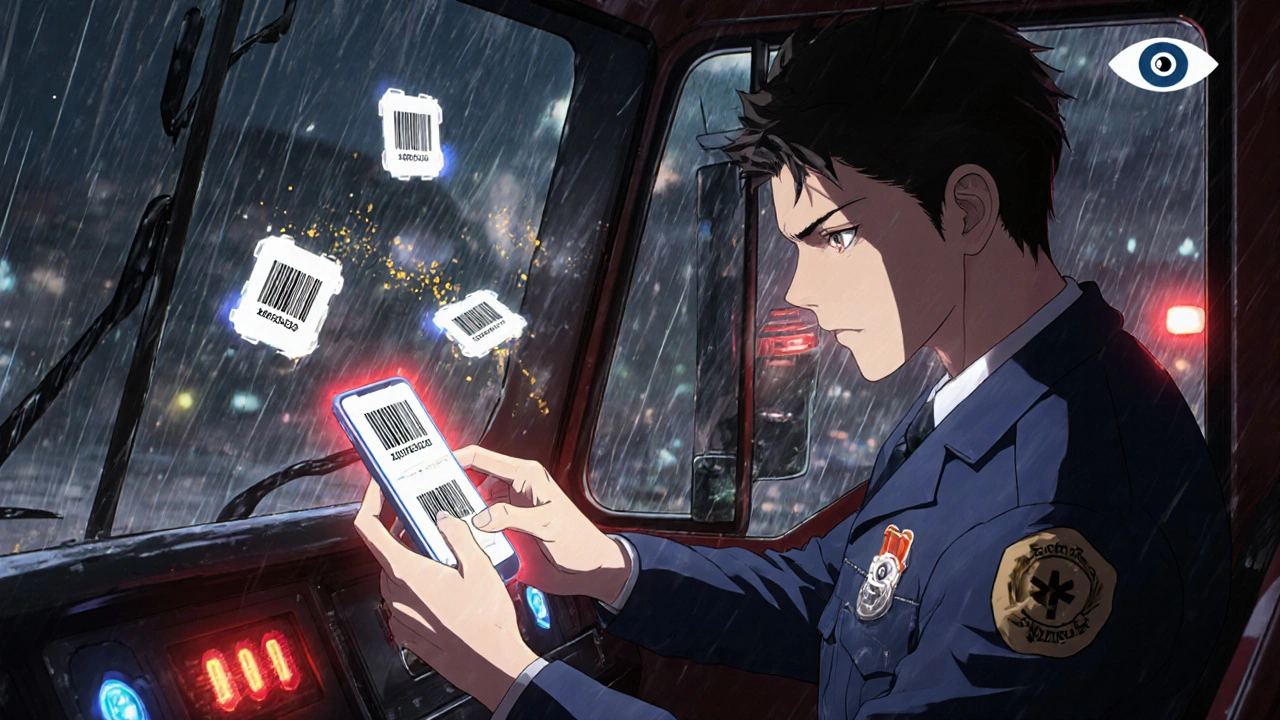
What You Need to Get Started
If you’re thinking about adopting one of these systems, here’s what to expect:- Assessment (2-4 weeks): Figure out what you’re tracking-just controlled drugs? All meds? How many locations?
- Hardware/Software Setup (1-6 weeks): Install cabinets, tags, or apps. Some systems need new tablets; others work on your existing devices.
- Staff Training (2-6 weeks): People resist change. Make sure everyone knows why it matters and how to use it.
- Integration (2-4 weeks): Link the system to your pharmacy software or EHR (electronic health record). Without this, data gets stuck in silos.
Common Challenges and How to Beat Them
Not everything goes smoothly. Here’s what usually goes wrong-and how to fix it:- Staff resistance: Nurses and pharmacists are busy. They don’t want more tech. Solution: Involve them early. Let them test the system before rollout.
- Legacy system incompatibility: Old software doesn’t talk to new ones. Solution: Choose vendors who offer integration support. Ask for proof it works with your current EHR.
- Tagging inventory: RFID tags need to be attached to every bottle. For a mid-sized pharmacy, that’s 40-80 hours of work. Solution: Do it in phases. Tag high-risk or high-cost drugs first.
- Cost: RFID isn’t cheap. But consider this: one hospital saved $300,000 in a year by reducing waste. That pays for the system in months.
The Future Is Here
This isn’t science fiction. In 2024, UF Health Shands started sending RFID-tagged medications home with patients. The system tracks whether the patient took the pill and if it’s still good. AI is starting to predict when a drug is likely to expire based on usage patterns-before the date even arrives. By 2027, Gartner predicts 45% of U.S. hospitals will use RFID for medication tracking. Right now, it’s 25-30%. The trend is clear: manual tracking is becoming obsolete. The question isn’t whether to adopt this tech-it’s how fast you can start.Medications have expiration dates for a reason. Technology doesn’t make those dates disappear-it makes sure no one forgets them. Whether you’re managing a hospital pharmacy, running an ambulance service, or just keeping your own medicine cabinet safe, there’s a tool that fits. You don’t need to guess anymore. You just need to turn it on.
Can I track medication expiration dates at home without spending a lot of money?
Yes. Apps like LogRx, Medisafe, and MyTherapy let you scan barcodes on your pill bottles and set expiration alerts. They’re free or cost under $200 a year. No special hardware needed-just your smartphone. You’ll get push notifications weeks before a medication expires, so you can replace it or dispose of it safely.
Are expired medications always dangerous?
Not always, but some are. Antibiotics, insulin, epinephrine, and nitroglycerin can lose effectiveness or become harmful after expiration. The FDA says most pills are still safe for a short time past their date, but you can’t count on potency. In emergencies, you need 100% reliability. That’s why tracking matters.
What’s the difference between RFID and barcode systems?
Barcodes require one scan per item-you have to line up each bottle under the scanner. RFID tags can be read through packaging and in bulk. A single RFID reader can scan an entire tray of 50 medications in under 10 seconds. That’s why hospitals use RFID for fast-moving areas like ERs and operating rooms.
Do I need to replace all my medication bottles to use RFID?
No. RFID tags are usually applied to existing packaging. Some manufacturers now ship pre-tagged medications, but most systems use adhesive tags that stick to bottles, blister packs, or vials. You don’t need to throw out your current stock-just add the tags.
How do I dispose of expired medications safely?
Never flush them or throw them in the trash. Use a drug take-back program. Many pharmacies, hospitals, and police stations have drop-off bins. In the UK, you can return expired meds to any pharmacy for safe disposal. Some apps even notify you when it’s time to drop off expired drugs and show you the nearest location.
Is this technology only for big hospitals?
No. While RFID is common in large hospitals, simpler tools like eMAR apps and mobile trackers are used by small clinics, home care providers, and even individual families. You don’t need a $100,000 system to start. Many providers offer scalable plans-from a single smartphone app to full hospital integration.

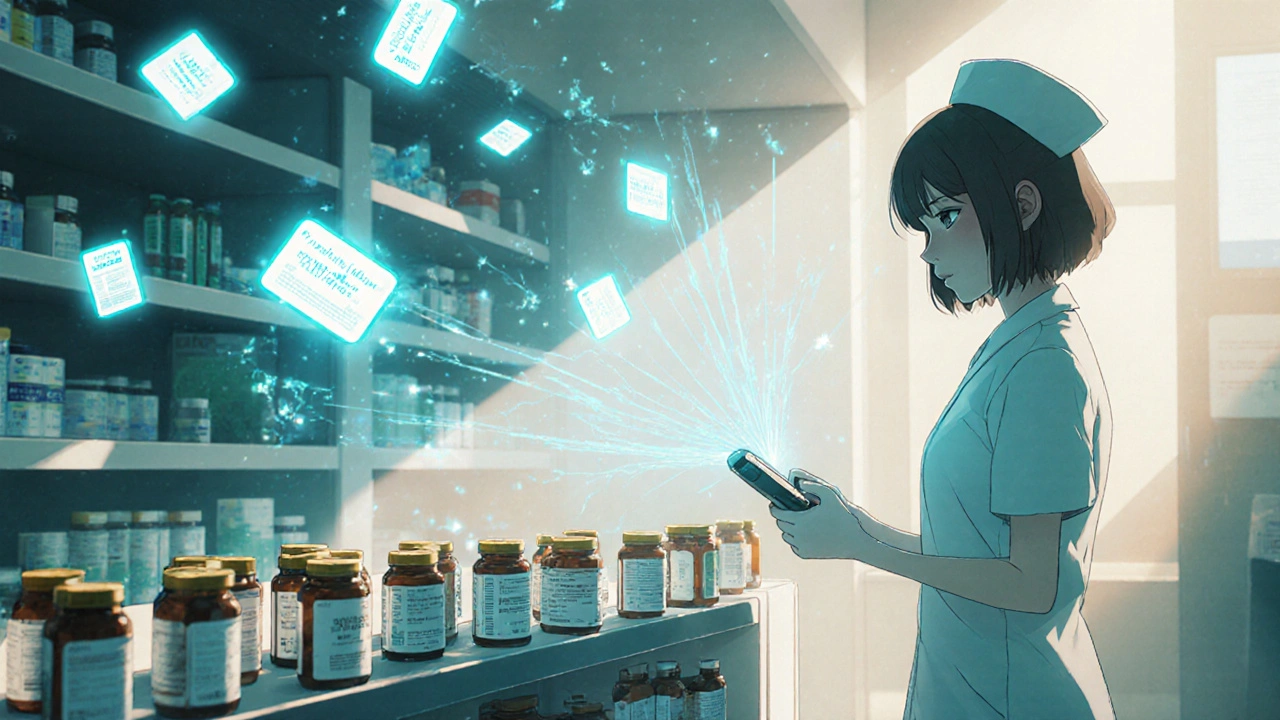

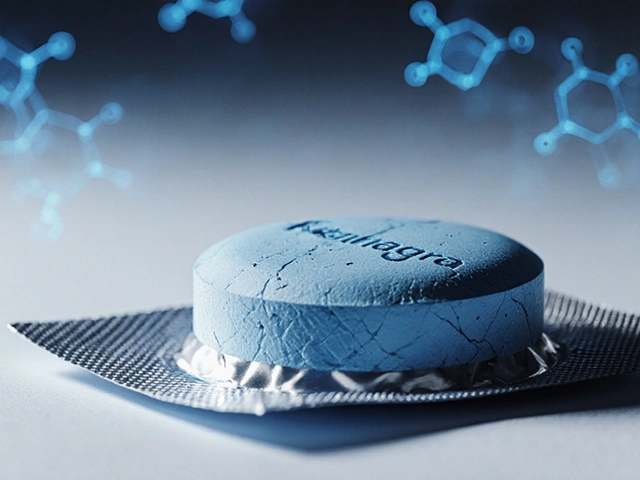


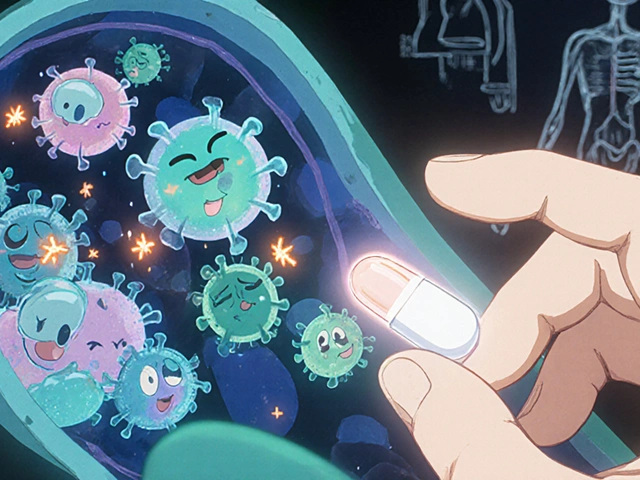
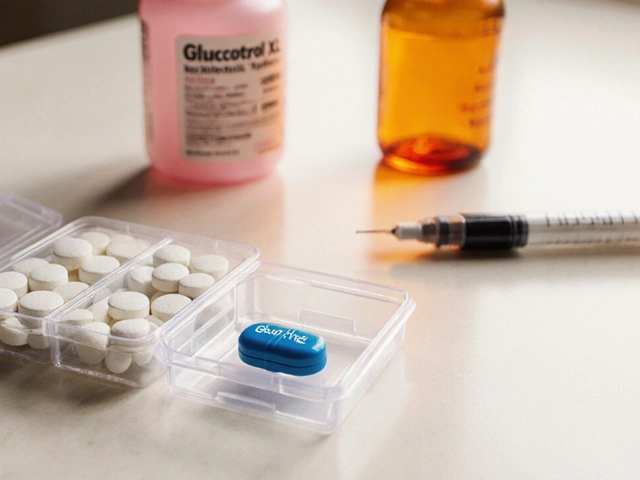
Asha Jijen
November 28, 2025 AT 04:12Edward Batchelder
November 29, 2025 AT 15:44reshmi mahi
December 1, 2025 AT 14:28laura lauraa
December 2, 2025 AT 06:47Kaleigh Scroger
December 4, 2025 AT 04:57Elizabeth Choi
December 5, 2025 AT 23:14Allison Turner
December 6, 2025 AT 01:28Darrel Smith
December 6, 2025 AT 15:18Aishwarya Sivaraj
December 6, 2025 AT 17:22Iives Perl
December 8, 2025 AT 04:32